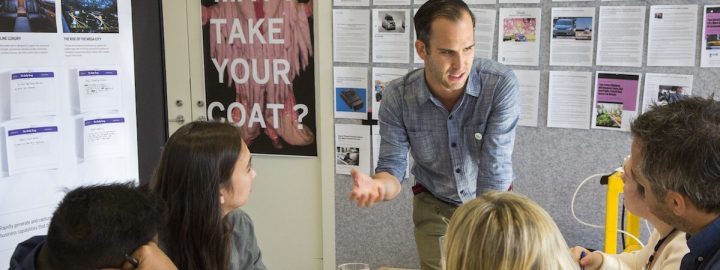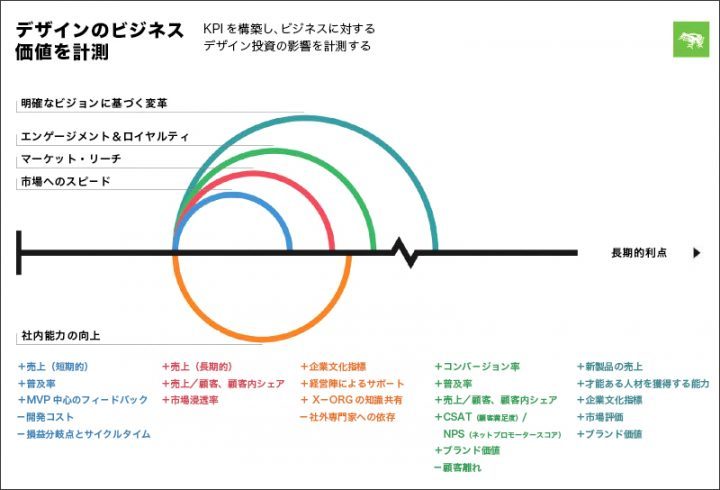Last time, we featured a column by Timothy Morley, leader of frog's Strategy Innovation division, explaining how leveraging designers' free-thinking in consulting greatly expands innovation potential. This time, we introduce why design thinking is also crucial for corporate executives, using the example of multinational conglomerate GE (General Electric).
The New Business Environment Born in the Connected Era
The ubiquity of the internet has revolutionized business rules. The World Wide Web not only provided low-cost connectivity but also accelerated innovation, paving the way for smartphones and social networks.
Suddenly, consumers could instantly evaluate products and services and seamlessly share their opinions with friends. Simultaneously, tech-savvy consumers adept at using operating systems embraced mobile devices, causing expectations for customer experience to skyrocket.
This shift, placing power in consumers' hands, created a new business landscape. As executives sought ways to adapt, they realized that the approach designers take to create new products could be applied to fundamentally transform their organizations.
Over the past 40 years, design has evolved from the domain of a few talented individuals to a practice undertaken by stable teams. For companies adopting design thinking as a compass to navigate modern society's complexities, it has now become an indispensable element of business transformation.
GE's Digital Transformation
Following the 2007-08 global financial crisis, GE, a US-based multinational conglomerate, needed to refocus on its industrial divisions. Despite having evolved into a massive software company, it lacked countermeasures against competing digital firms gaining market share, causing it to miss growth opportunities.
GE CEO Jeff Immelt (as of July 2017) presented a vision to transform the company into a digital industrial organization that would enter Silicon Valley and continuously drive innovation. "I'm not so afraid of powerful rival companies. What's more frightening is someone holed up in a garage coming up with an idea that could wipe out one of our business units," he stated.
To realize this vision, GE's CMO Beth Comstock sought support from frog, a company providing design and strategy, to transform GE into a digital enterprise.
frog built digital tools to widely disseminate design and digital product development within GE, fostering a new culture by instilling a user-centered design mindset among employees. GE developed a reusable software design system. This system accelerated development speed, achieved cost reductions, and strengthened cohesion across the entire organization.
frog CEO Harry West stated: "GE is a remarkable example of a large corporation mastering change rather than falling victim to it. GE's leaders recognized that a user-centered mindset, like that of designers, plays a crucial role in business transformation."
Read the full article in the web magazine "AXIS".
This article is presented by Transmedia Digital, translated under the supervision of Mr. Noriaki Okada of Dentsu Inc. Experience Design Division, based on content originally published in "DesignMind," the design journal operated by frog.
* This article originally appeared in Raconteur Media's "Future CEO" (by Ben Ross), published in The Times on December 1, 2016.





